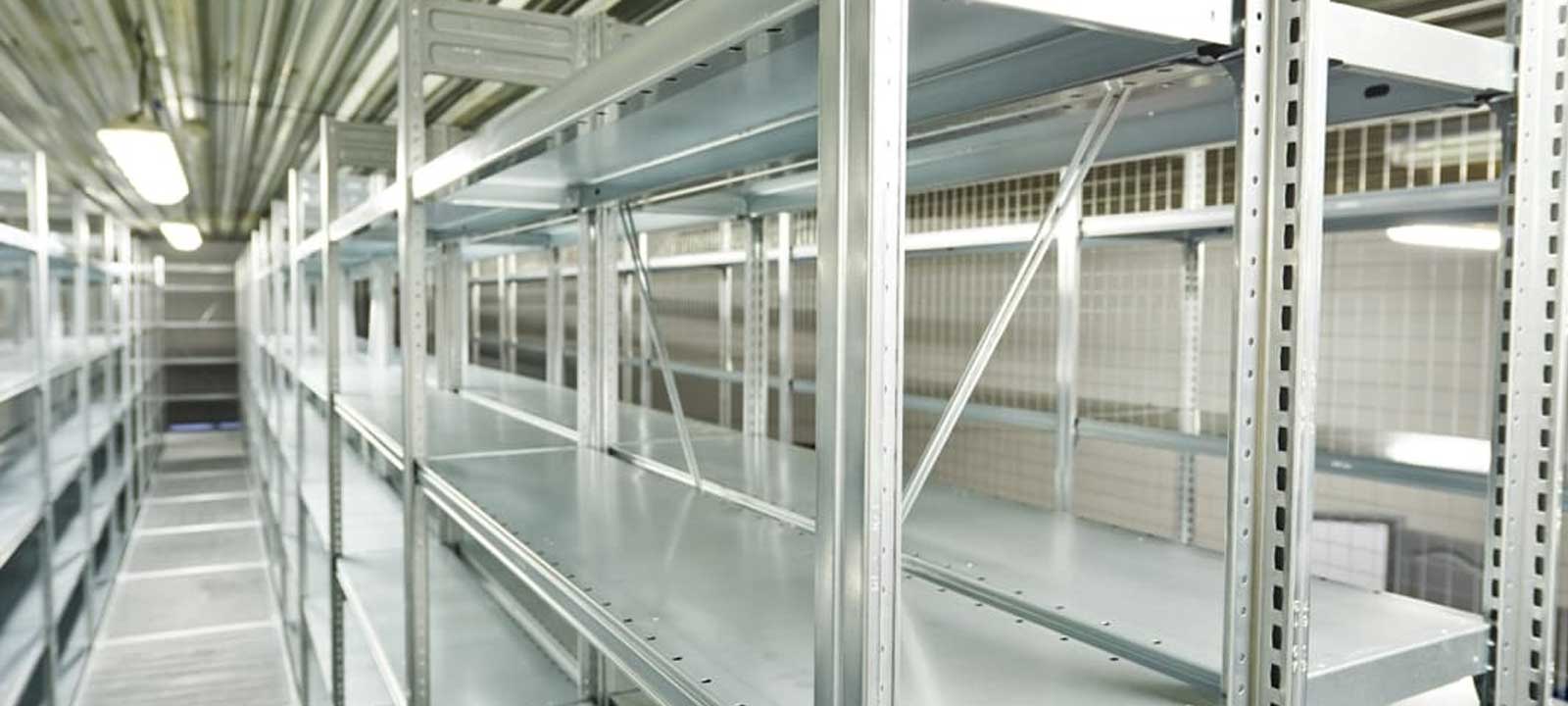Today we’re examining the various workflows in law firms that are ripe for digitization and automation. In this first installment of our two-part blog series, we’re focusing on perhaps the biggest missed opportunity there is: the mailroom.
The pressure is on law firms to be more digital and automated than ever. But that’s not exactly easy to do in a legal industry still operating in a world of paper documents, legacy systems and siloed data.
A recent Thomson Reuters survey showed that 70 percent of legal firms indicated that “using tech to simplify workflow and manual processes” to cut costs was a top priority going forward. Needless to say, the move to hybrid or remote offices brought on by the pandemic has accelerated that thinking.
Efficiencies and cost-savings are two of the biggest benefits to automating manual, time-intensive activities, such as document and contract reviews; billable and nonbillable time tracking; task coding; research; and invoicing. However, for law firms that take a more data-centric approach, the advantages come in the ability to automatically classify and extract relevant data and put it to use within existing case-management systems and processes—helping to improve cycle and response times and enhancing strategic decision-making.
The Biggest Workflow Pain Point for Law Firms
Law firms that rely on cumbersome operational methods can quickly find themselves mired in mounting document piles and workflow bottlenecks trying to process information manually. If all paper pushes through the mailroom, shouldn’t process automation start there? With the mailroom as the entry point to the firm, the faster these essential documents are captured and turned into usable, readily available data, the faster you can drive better, transformative processes.
So many law offices today are going to more hybrid workplace models where staff and attorneys are not in the office all the time, yet they need access to documents in a remote scenario. They need the ability to be able to act upon a document that’s coming in the door, whether they’re sitting in the office or not. They also need to be able to send an outbound piece of mail without waiting until the next day they’re in the office or imposing on other busy colleagues who are in the office that day. Not to mention, the latter scenario often involves forwarding the documents through unsecure methods, such as an email, in preparation to mail.
Importance of Automating Mail Workflows
Trying to marry business-essential mail streams coming through the U.S. Postal Service in physical form with their electronic counterparts creates a logistical nightmare without the use of technology. Not to mention, the ability to immediately capture those documents, extrapolate the necessary information and share among interested parties in a secure manner is nonexistent without technology solutions, such as digital mailrooms.
Law firms can realize a number of benefits across the office from automating their mail workflows. Among them:
- Increased Productivity
Having the ability to process both inbound and outbound mail in a matter of seconds, then quickly upload the information to a case-management system enhances productivity immensely. Let’s examine the traditional workflow when a Notice to Appear arrives in the mail. Upon delivery to the mailroom, the envelope is opened by a staff member who determines the appropriate person it needs to go to. It’s then hand-delivered to that person who examines the piece of mail to confirm he or she is the right person to receive it. They then scan that document and upload it into the case-management system—naming it as a “Notice to Appear.” Another staff member, then records the fact that a Notice to Appear just arrived in the case-management system. The actual paper document is then stored in a paper file. On the outbound side when a response needs to be sent, the typical workflow in a law office involves printing, folding and inserting documents into an addressed envelope. The envelope goes down to the mailroom to be weighed for metered postage, unless, the piece needs to be sent Certified Mail. In that case, more steps are involved filling out the “green card,” affixing it and taking it to the post office for delivery. - Improved Accountability
The ability to attach “a timer” to every piece of mail that comes in helps improve accountability across the firm. In addition to knowing when a mail piece is received, opened, and placed in someone’s queue to be processed, law firms can gain insight into how long it took Mary to process her mail— this week, this month, this year— compared to Tom, for example. This allows firm administrators and/or managing partners to see who is doing a good job in terms of actively managing paperwork versus letting documents or files pile up on their desks.Traditionally, it’s hard to know that somebody is really busy unless you physically walk by their office and inquire about the accumulation of files that seem to be taking over their desk. With automation, all the workflow processes are now tracked digitally, which gives a law firm the ability to see that Mary takes 1 hour and 22 minutes to process her mail compared to Tom who takes 9 hours and 12 minutes. The firm can then work with Tom to help him process his mail more quickly, as there may be important documents that need to be acted on immediately. - New Found Visibility
The most robust digital mailroom solutions give law firms extra visibility into what’s going on with both inbound and outbound mail through a number of customizable dashboards and reports. The firm gains real-time insight into how many pieces of mail are being processed, the different document types, the number of pages, and where a document may be in the workflow process. - Secure and Confident Compliance
Having the kind of new visibility mentioned above adds an additional benefit, which is compliance. This type of automation creates a detailed audit trail for every single piece of inbound mail.All inbound mail, whether email, fax, U.S. Postal Service, or overnight mail comes into a common-capture platform. Mail is processed in the same manner, in an encrypted format, every single time. The encrypted documents go through the workflow and are uploaded to case-management systems—creating a new level of security that all information is processed, housed and shared in a compliant fashion (for example, meeting PCI certifications, SOC 2 certifications, etc.).
For law firms, it’s beneficial to not only to eliminate the every-day manual tasks connected to their mailrooms, but also to automate the associated workflows that can spread compliance, visibility and efficiency across the entire office.
In Part Two of this series, we discuss five other legal workflows worth automating.




